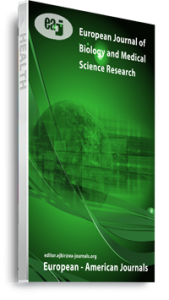The aqueous extract from leaves of Anacardium occidentale was evaluated for inhibitory activity against Bacillus cereus and also the extent of damage to internal organs if consumed orally was investigated. The percentage yield of the extract was found to be 8% of the total mass. Phytochemical screening of the extract reveals the presence of bioactive molecules like alkaloids, tannin, saponin, anthraquinone, phenol and cardiac glycoside. The extract was found to inhibit the growth of the B. cereus in vivo. The extract was tested in-vivo against Bacillus cereus after determining the Infectivity dose 50 (ID50) of the organism on albino rats. The weights of the animals were found to be treatment dependent. The control group has constant weight increase throughout the days of the experiment while group infected with Bacillus has constant decrease in weight from the onset of infection. Haematological analysis of the blood revealed that an increase in the packed cell volume (PCV) of the infected animals but treated with the extract while there was reduction in the PCV of the untreated group. The total white blood cell (WBC) was also determined which was found to be higher in the group inoculated with the bacterium. The plasma alanine aminotransferase (ALT) and aspartate aminotransferase activity (AST) was also measured to liver disease in the infected group and also the group that were administered with drug. Histopathological analysis was also carried out on the major organs like the liver and intestine which showed the extent of damage on the organs pictorially. The extract was found to be toxic as indicated by the observed necrotic lesion in the organs of treated group coupled with the increase in the level of the enzyme markers. The study justifies the use of leaf of Anacardium in traditional medicine.
Keywords: Antimicrobial, Hepatoprotective, Phytochemical, histopathological

